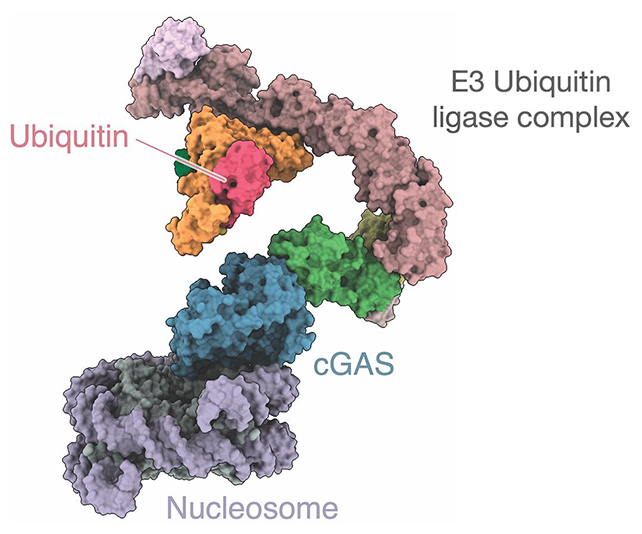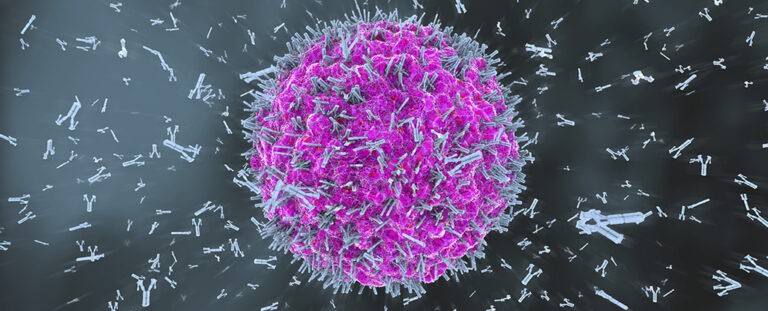Scientists have discovered a remarkable “switch” that effectively halts the immune system from attacking healthy cells.
Our immune system possesses the ability to distinguish between the chemical composition of our own body and that of a harmful pathogen. When this system malfunctions, our body can turn into a battleground.
Researchers are eager to delve deeper into this phenomenon, and a recently discovered ‘switch’ that deactivates a foreign DNA sensor could offer valuable insights.
A crucial aspect of this finding, uncovered by a group from the Swiss Federal Institute of Technology Lausanne, is an enzyme known as cyclic GMP-AMP synthase (cGAS).
This particular protein is responsible for recognizing invading viruses. It attaches to any foreign DNA that is out of place in a cell’s cytoplasm and initiates a response that alerts the body to the presence of an intruder.
It is already understood that cGAS must be carefully controlled to prevent any issues, particularly once it moves into a cell’s nucleus. The recent study has pinpointed a biological mechanism that targets the enzyme for removal in areas where no immune reaction is necessary.

The researchers state in their published paper that in addition to the previously identified interactions with nucleosomes, their findings present a comprehensive structural model of the nuclear regulation of cGAS. The dissolution of the nuclear envelope during cell division allows cGAS easy access to the bundled DNA. It then binds to nucleosomes and is protected by the protein BAF until it is required.
Through a thorough analysis of lab-grown cells, the team discovered a protein complex called CRL5–SPSB3, which adds ubiquitin to cGAS, marking it for disposal. This crucial mechanism ensures that cGAS is eliminated when it is not needed, preventing it from attacking healthy cells as they grow.
The study also reveals the involvement of both cGAS and CRL5–SPSB3 in the interferon or IFN pathway, which plays a role in controlling the immune system response. The researchers emphasize that the levels of nuclear cGAS impact the cellular IFN tone and highlight the role of CRL5–SPSB3 in cell-intrinsic immunity.
The research sheds light on the importance of studying controls within the immune system, particularly in relation to autoimmune disorders such as type 1 diabetes and inflammatory bowel disease. Understanding the workings of cGAS opens up possibilities for developing effective strategies to ensure its proper functioning.
The researchers state that protein degradation plays a crucial role in regulating cGAS within the nucleus. Furthermore, they offer valuable structural insights into a specific component of cGAS that can be potentially targeted for therapeutic purposes.
The research has been published in Nature.
Do not forget to share your opinion with us to provide you with the best posts !




0 Comments